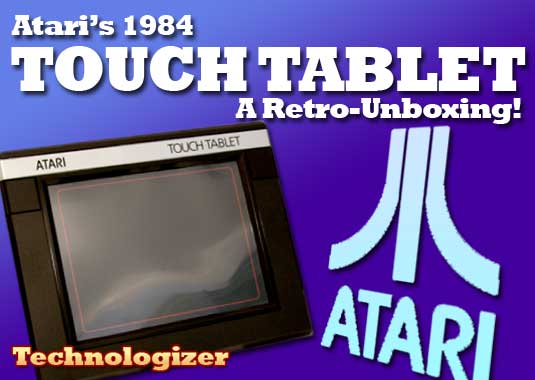 You’re familiar with Moore’s law. You know all about the accelerating pace of information technology. Regardless, you’re still amazed at how many gigabytes you can fit in your pocket these days. Remember how your first computer’s entire hard disk only held 20 megabytes? You could accidentally swallow a thousand times as much data now if you weren’t careful.
You’re familiar with Moore’s law. You know all about the accelerating pace of information technology. Regardless, you’re still amazed at how many gigabytes you can fit in your pocket these days. Remember how your first computer’s entire hard disk only held 20 megabytes? You could accidentally swallow a thousand times as much data now if you weren’t careful.
But how much did that old hard drive cost? I mean really cost? Our memories get fuzzy on this point, because the buying power of the U.S. dollar has not remained constant over the years. Inflation has decreased the value of the dollar, per dollar, continuously for over a century. That means if you bought an IBM PC for $3,000 in 1981, you were actually spending the equivalent of $7,127.69 in today’s dollars.
Wait..what? $7,000 for a PC? Does anybody buy a $7,000 PC these days? Does anybody even sell a $7,000 desktop PC now? In our present climate of plentiful sub-$1,000 computers, surely a $7,000 PC must be the most incredible machine ever invented. But for a business-oriented machine in 1981, that sounded cheap.
To examine this trend, let’s take six classic personal computers from yesteryear–some cheap, some expensive–and see what you could buy today for the same price. And we’re not talking original retail price here; we’re going to take inflation into account. For example, the Commodore 64–once considered a low-cost home computer–originally sold for $1,331.62 in 2009 dollars. Today you can get quite a bit for that much money. How much? That’s what we’re going to find out.

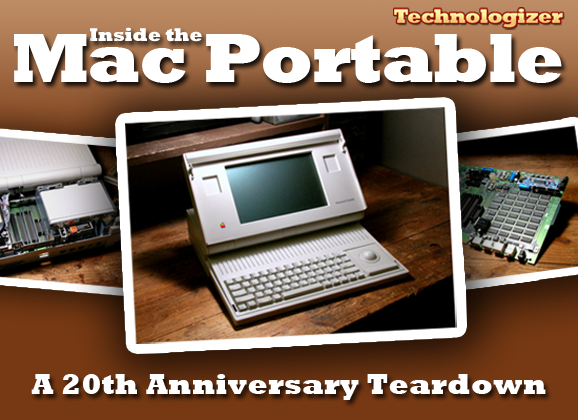
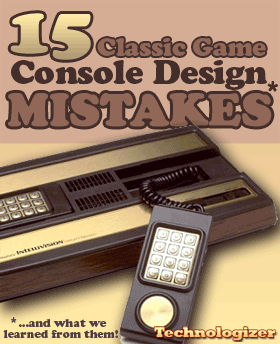

 Today’s versions of Lunar Lander are easily taken for granted; they’re generally regarded as dinky games you can get for free–“Who would pay for that?”
Today’s versions of Lunar Lander are easily taken for granted; they’re generally regarded as dinky games you can get for free–“Who would pay for that?”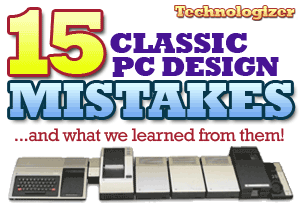 There’s no such thing as the perfect computer, and never has been. But in the personal computer’s long and varied history, some computers have been decidedly less perfect than others. Many early PCs shipped with major design flaws that either sunk platforms outright or considerably slowed down their adoption by the public. Decades later, we can still learn from these multi-million dollar mistakes. By no means is the following list exhaustive; one could probably write about the flaws of every PC ever released. But when considering past design mistakes, these examples spring to my mind.
There’s no such thing as the perfect computer, and never has been. But in the personal computer’s long and varied history, some computers have been decidedly less perfect than others. Many early PCs shipped with major design flaws that either sunk platforms outright or considerably slowed down their adoption by the public. Decades later, we can still learn from these multi-million dollar mistakes. By no means is the following list exhaustive; one could probably write about the flaws of every PC ever released. But when considering past design mistakes, these examples spring to my mind.
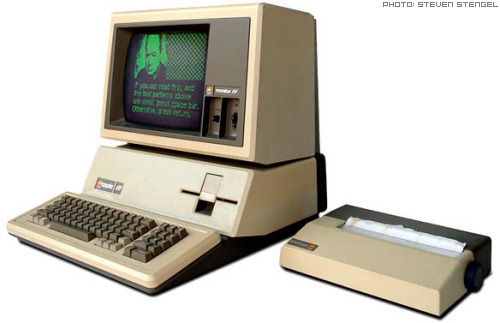
 What Were They Thinking?
What Were They Thinking?
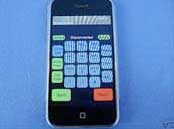 After reading Harry’s posts about the
After reading Harry’s posts about the 